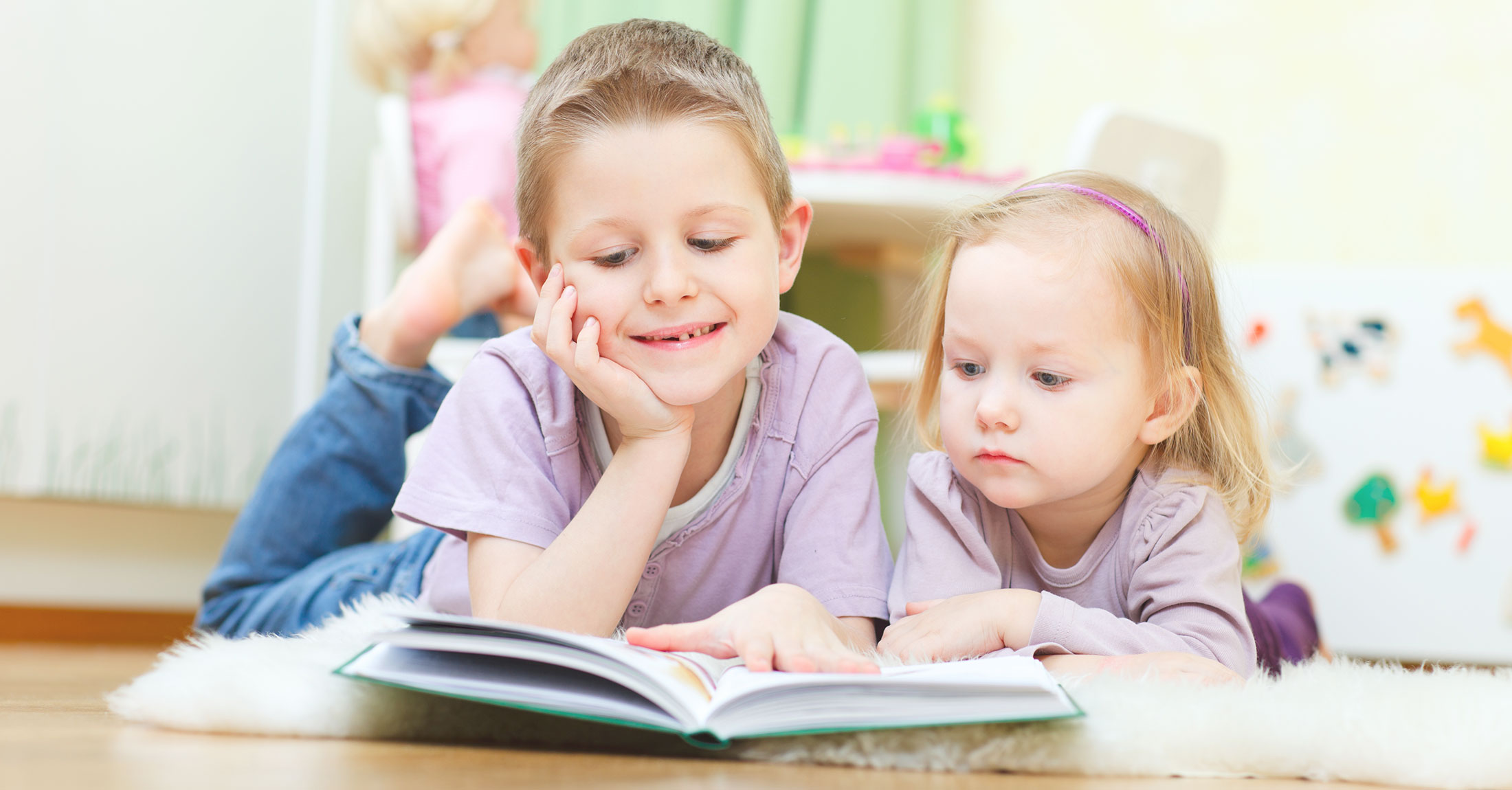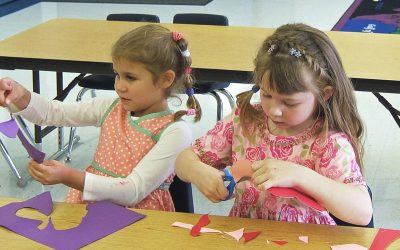When thinking about the best possible learning environment for your child, what matters most? The upcoming suggestions are broad-based, so consider them in relation to your own home dynamic.
Let’s start by looking at this image of a bald eagle and a juvenile, photographed by my friend and neighbor, nature photographer Garnet Rich. The picture is reflective of a very different environment than your home, but nevertheless, it’s about nurturing. The parent is teaching the child to go out on a limb and learn to soar.
We can only guess what’s being communicated.
Every learning environment has its own unique features, whether it’s a forest, beach, backyard, park, concert venue, ice rink, or elsewhere. Keep in mind that when nurturing a child’s learning, what applies to one individual may not be quite right for another. Recognize your family’s priorities and opportunities!
FEATURES OF A NURTURING LEARNING ENVIRONMENT
“He who would learn to fly one day must first learn to stand and walk and run and climb and dance; one cannot fly into flying.” ~ Friedrich Nietzsche
Safety
A safe environment is properly supervised and respectful of children’s needs to feel secure. They should be able to express fears, worries, or uncertainties and ask for help. Ideas are welcome, and kids know they can speak up if they feel sad, angry, frightened, stressed—or silly. (Learning and creativity can emerge from silliness, too!)
Appropriate Challenge
An appropriately challenging environment is flexibly responsive to children’s developmental levels and features the following:
~ Fair and realistic expectations—manageable and attainable in a timely manner
~ Suitable tasks—aligned with a child’s levels of readiness in different areas
~ Opportunities to stretch—inviting creative expression, exploration, and inquiry
Healthy Balance
Factors to consider for life balance include proper nutrition, exercise, and adequate rest. Play is also important for children’s well-being. Kids don’t learn as effectively if they’re hungry, unfit, tired, or lack social interaction.
Diversity
A diverse environment offers a range of possibilities for kids to make choices about what they need and want to learn and to engage in a variety of experiences. For example, enjoying nature and multisensory activities, reading, participating in sports (on land, in water, or on wheels), and being involved in music, drama, and the arts.








